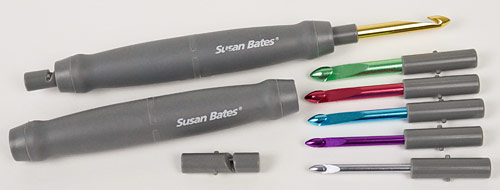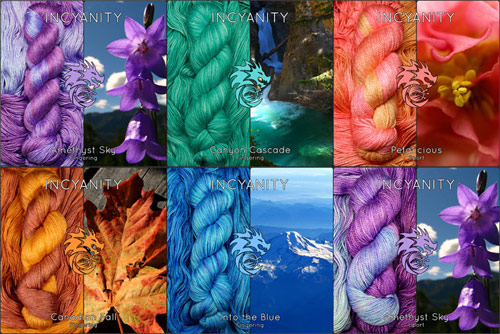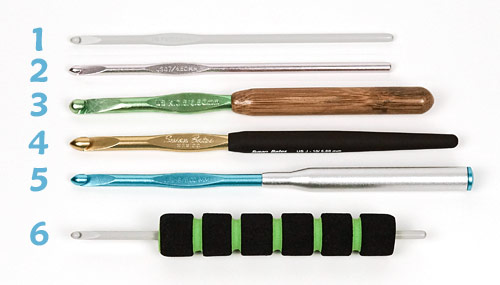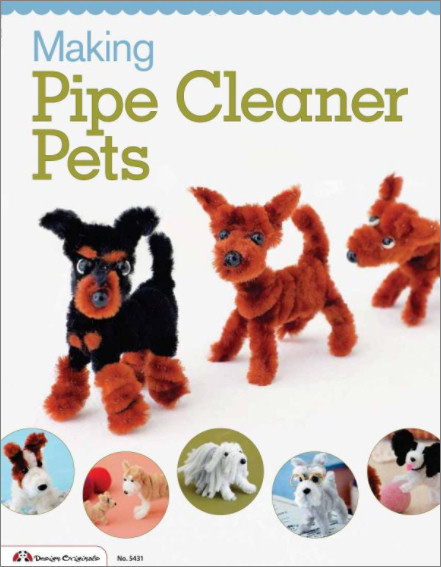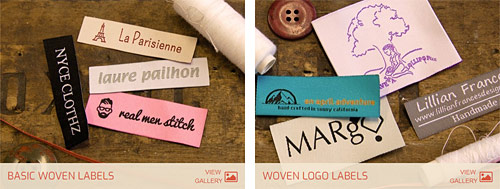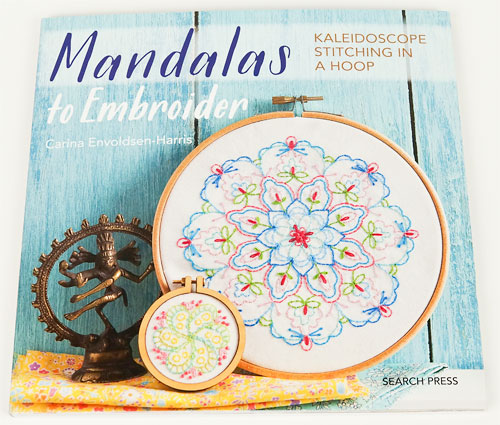
I’ve always struggled with pain in my hands which makes gripping and repetitive motions for long periods of time challenging. I’ve bought and made various compression gloves and devices to help with that in the past but haven’t found a great solution, so I was delighted when Grace & Able offered to send me a […]

